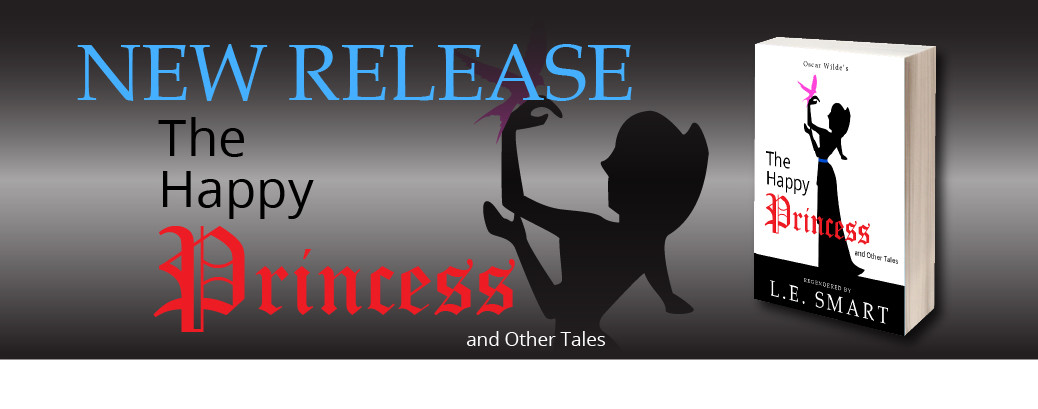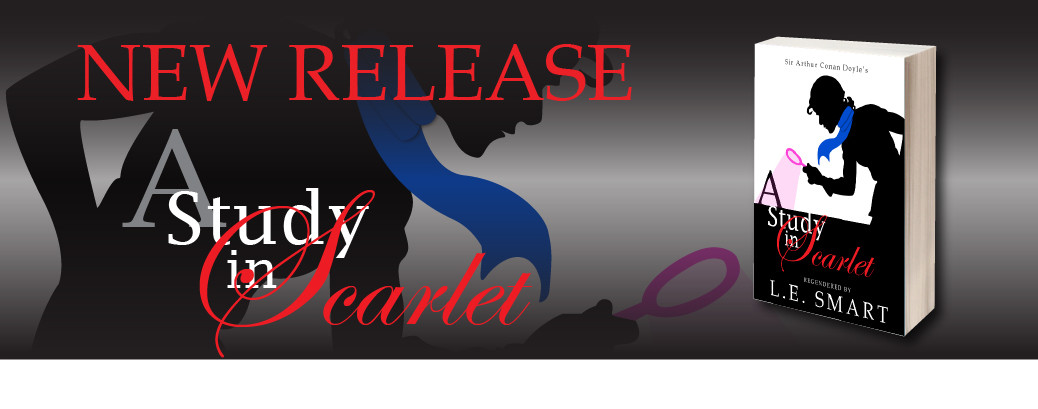While I briefly introduced Regender Project in my earlier post, I thought I might take a moment to introduce it properly and explain what it’s all about.
WHAT IS THE REGENDER PROJECT?
The Regender Project stems from my growing awareness of how unbalanced the genders are represented in nearly all forms of fiction. It’s most obvious in the case of movies, where all the main protagonists are male. So too the antagonists. Supporting cast as well. Even the minor characters are generally played by men. In fact, only 31% of named characters and 30% of speaking roles are given to women.
It’s also rare for these roles to be as substantial as the ones given to their male counterparts. All to often, women are relegated to being the love interest or just defined by their relationships to men. American cartoonist Alison Bechdel perfectly illustrated this with her Bechdel-Wallace test, which in order to pass, a movie must have: two women in it, who talk to each other about something besides a man. It’s pretty sad how many films fail such a simple test.
And literature is not much better either. In fact, it’s worse since so much more of it has been written over the centuries.
THE PROBLEM
I grew up believing this was normal, without really questioning it or seeing it as a problem. If anything, it just made sense for movies and books to show more men in the most prominent positions since that just mirrored the real world; most politicians, senior officials, senior managements and just prestigious jobs were filled predominantly by men.
Of course, that begs the question: Are women underrepresented in fiction because that’s what it’s like in the real world? Or is the real world predominantly male because women are underrepresented in fiction? If people are told from an early age, in multiple different forms of narratives, that only men can fill such roles or perform those tasks, is it any wonder that girls and boys accept this in the real world?
TAKING ACTION
Thankfully things are changing. There’s a growing awareness of this issue and many people are taking steps to address it and hopefully correct it. As a writer, I vowed to do my best to ensure my own writing represented the genders in a balanced way, but I couldn’t help thinking I could do more. After all, there were centuries upon centuries of literature to overcome.
It was while thinking about that mountain of existing work I had the seed of an idea.
- What if those novels could be rewritten so they were balanced in how they represented the genders?
- How much differently would they read and what sort of view of the world would they portray?
As interesting as that would be, I decided it wasn’t enough. I wanted to show just how unbalanced the representations of the genders had become by showing the complete opposite. The only way to do that would be to rewrite them with all the male characters becoming female and all the male characters becoming female. I dubbed the process, Regendering.
THE REGENDER PROJECT
So, taking classic works that had entered the public domain, I started to rewrite them, following a loose set of guidelines I had developed. It’s still very much a work in progress as I adapt and learn more, but so far the results have been illuminating. So far I’ve completed a number of regendered novels which are available here, and my goal is to release two new ones a month. I’ll introduce each of them when they’re ready so you can learn more about that particular novel and what experience I had regendering it. Check back here for the first of those to appear later this week, and don’t forget to sign up for my newsletter so I can keep you up to date as I release more books!




